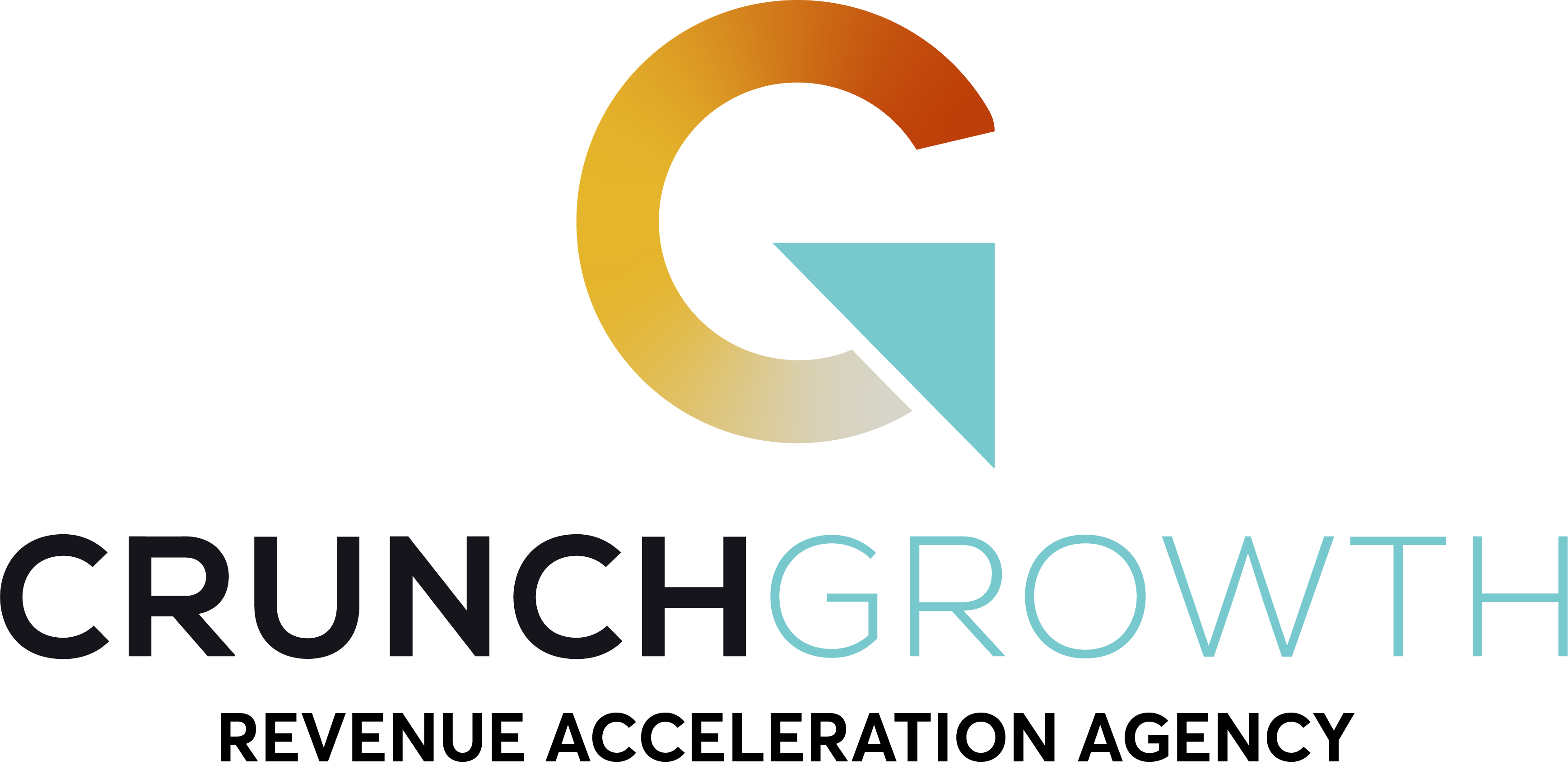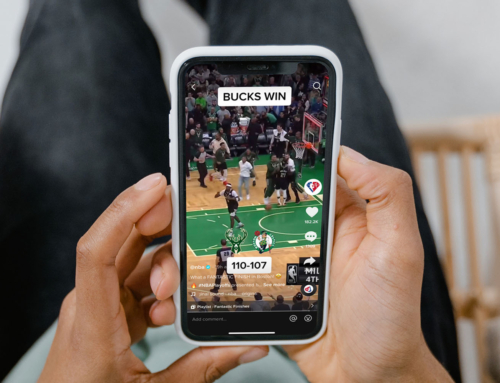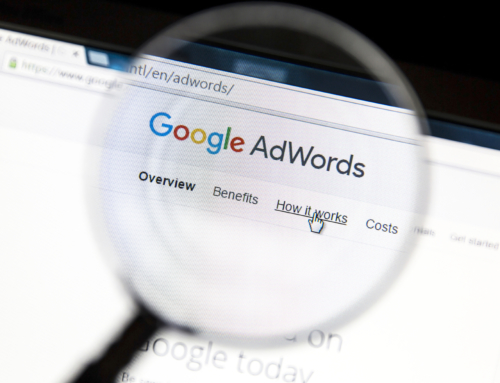App marketing is essential for success. New mobile apps continue to pop up. In the App Store alone, the quantity has surpassed 2 million. Thus, there is potential to profit with this technology. To be successful, you need to understand how to make your app relevant. The question isn’t whether or not there is money to be made with an app. The question is: how do you create an app that people want to use?
Approach your app marketing the same way to would other products. Trade places with your customer. Look at your app from the user’s point-of-view. There are many apps available for free. What types of apps are worth paying for? Consider this.
With these concepts in mind, let’s discuss how to monetize an app. Below, we will go over 7 tips for successful app marketing.
1. DO-NOT Have Disruptive Adverts
Ease-of-use is the most crucial component. Put yourself in your client’s shoes. Consider how annoying pop-up ads are. They’re unwarranted and disruptive. Your prospective users don’t want to deal with pop-ups.
However, ads are the primary source of revenue for many apps. Free-to-download apps typically have pop-up ads. You want your customers to have a seamless, stress-free user experience. Therefore, you want to keep them engaged.
Any in-app ads should be relevant and non-disruptive. Be strategic when identifying areas to monetize your app. Integrative ads that are relevant is a useful approach. For example, in a travel app, a casino advert may be useful. Ads that appeal to your clientele can increase click-through and conversion rates.
2. Sign-ups, E-Mail & SMS
Another way to monetize is through sign-ups for email and SMS alerts. Present content to users via a pre-planned delivery schedule. This can include updates and relevant supporting products. Engaging content can lead to increased profits. Consistent delivery creates a strong following. This strategy will translate into profits.
Note that your app can generate revenue only if you are adding value. Cross-reference other channels like email and SMS. Ensure that the messages you deliver are relevant. When developing your app marketing strategy, keep the customer experience at top of mind. Irrelevant content can result in negative reviews in the App Store.
3. VIP or PRO Versions
Offering a paid version is an effective strategy. This is also a clear cut way to monetize your app. You can create a different in-app experience for each market segment. With this, you can develop exclusive features for paying customers.
A free version allows users to access basic features and functions. For instance, a contact-blocking app can allow a user to block 10 contacts. To illustrate, the basic option would have a limited number of blocks. In order to block more contacts, the user needs a premium account.
Another option is to make the premium version ad-free. By offering a free version, users get to test it out. If they enjoy it, they will likely convert to the paid version.
Paid accounts can be a one-time cost or a monthly subscription. This strategy works best for utility apps. When it comes to paying to upgrade, the user should know what they’re paying for.
4. Diversification of Payment Strategy
Payment strategy in an app dictates revenue generated. Give users the freedom to choose a payment method. Payment plans create value for our customers. Different customers will be attracted to different plans. You can offer multiple subscription options. Also, try to cater to a wide customer base. For this example, we will use a magazine app. The app can offer a $19.99 online-only subscription. For $49.99, the customer can receive an online and print subscription. Offering options leads to more subscriptions. The more customers that subscribe, the more revenue.
5. Partnerships & Affiliates
Partnerships are important for any business, regardless of platform. Form strategic connections with other apps and businesses. These affiliates can provide support features that are relevant to your app. Through partnerships, you can extend your reach. You can also generate traffic through referrals. Your app marketing with the help of complementary businesses and products.
6. White Label Code
White labeling allows developers to monetize free applications. Offer the app for free and promote it to gain traction. After some success, you can license your code to other developers. It may sound unusual, but this method is widely used. Developers and big brands buy successful technology. If your app can generate a following, you can profit off the code.
7. Retention: Key to Sustainability
Many app owners solely focus on acquiring new customers. It’s a mistake to ignore your existing customer base. Continued engagement of existing customers is equally important. Without progress, your user will get bored. Competitors can strike with something better.
You should release app updates regularly. Keep your customers interested.
Successfully Monetizing Your App
There is a lot of competition in the app stores. Creating a lucrative app requires patience. You have to understand your target market. If you can create an exceptional app, invest time in marketing. Putting effort into your marketing will bolster your success and monetize your app.












Leave A Comment